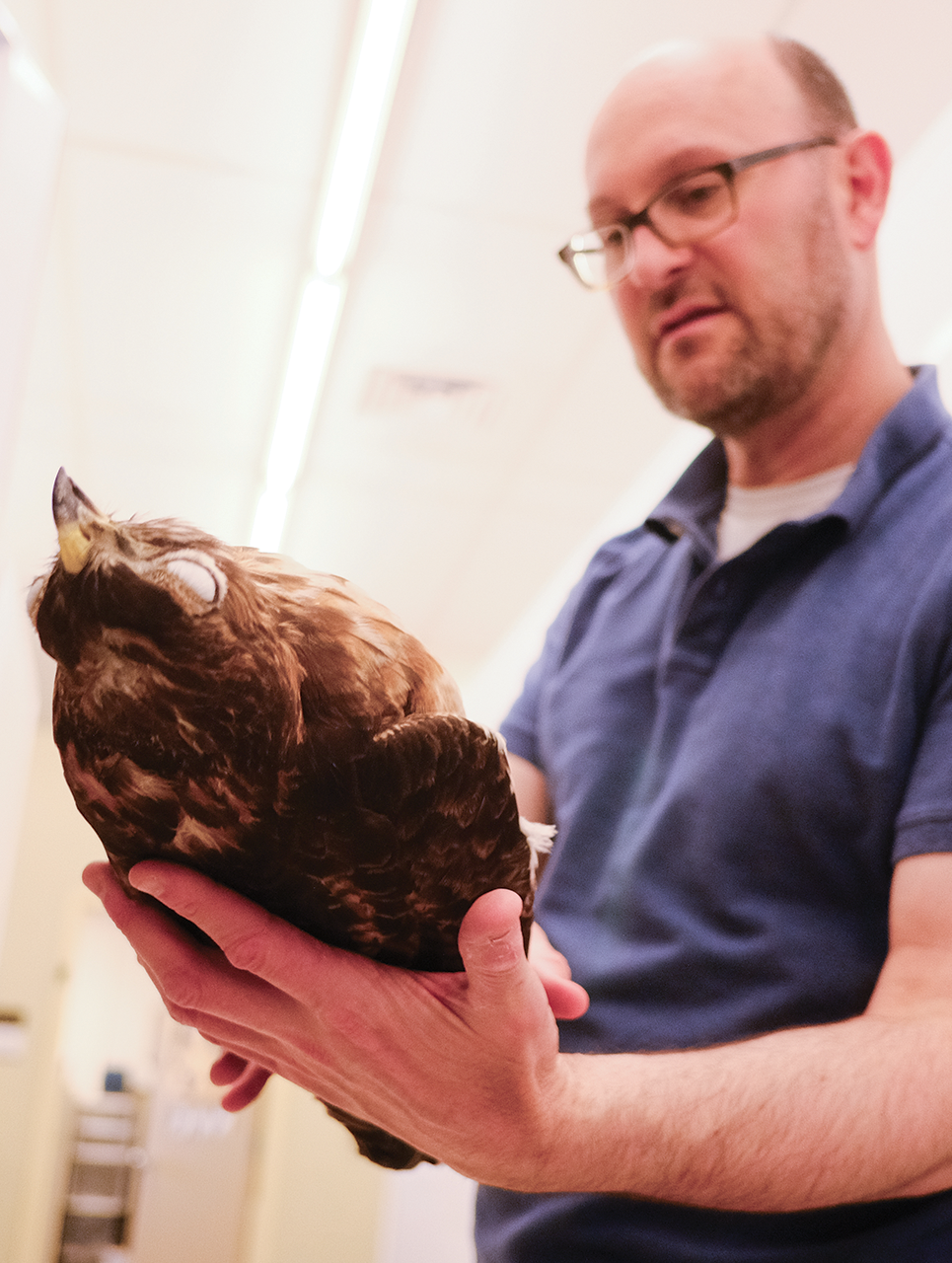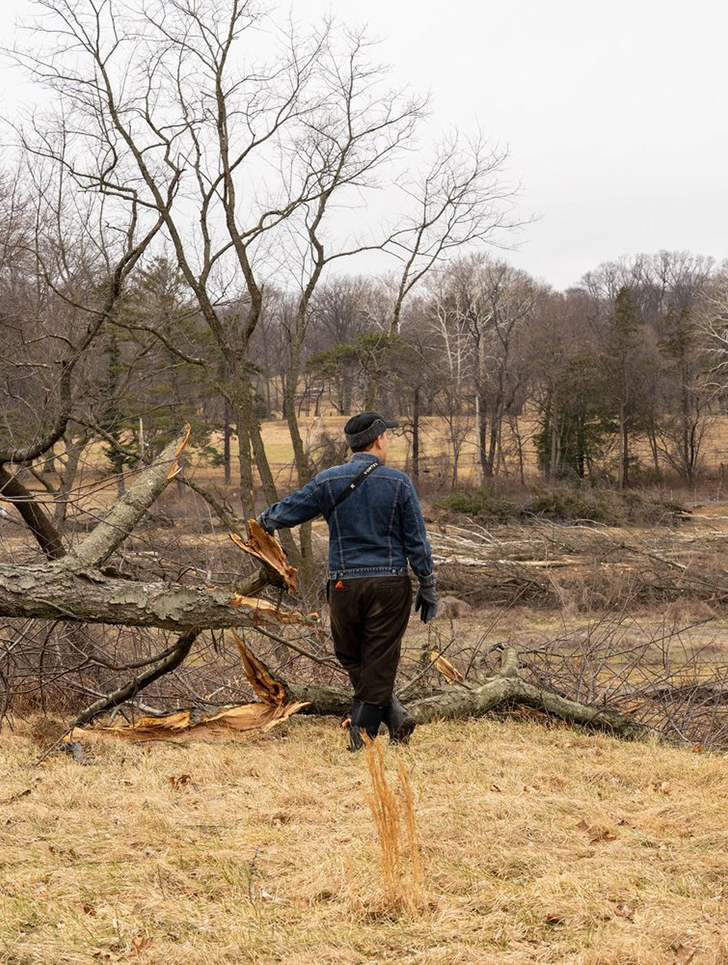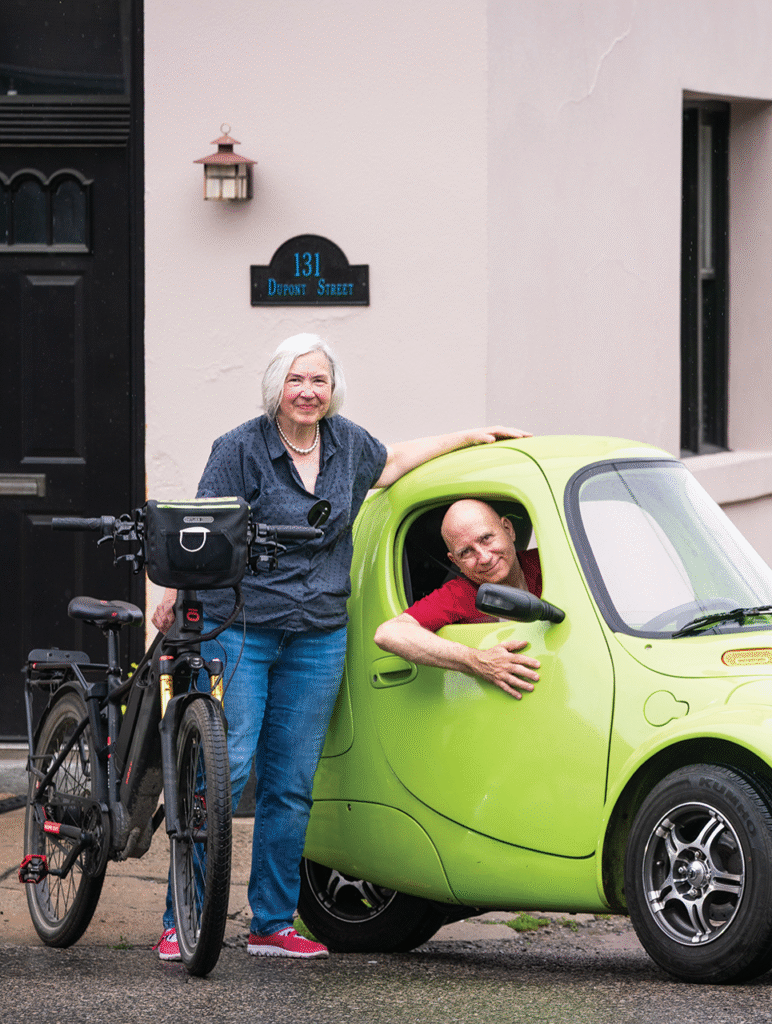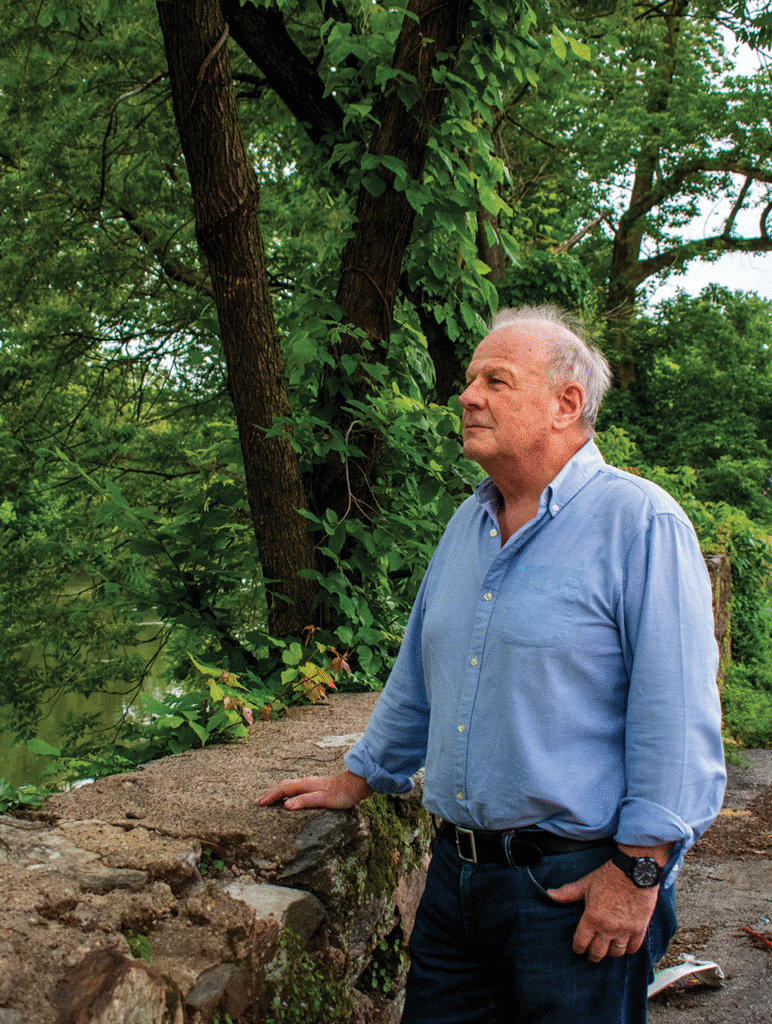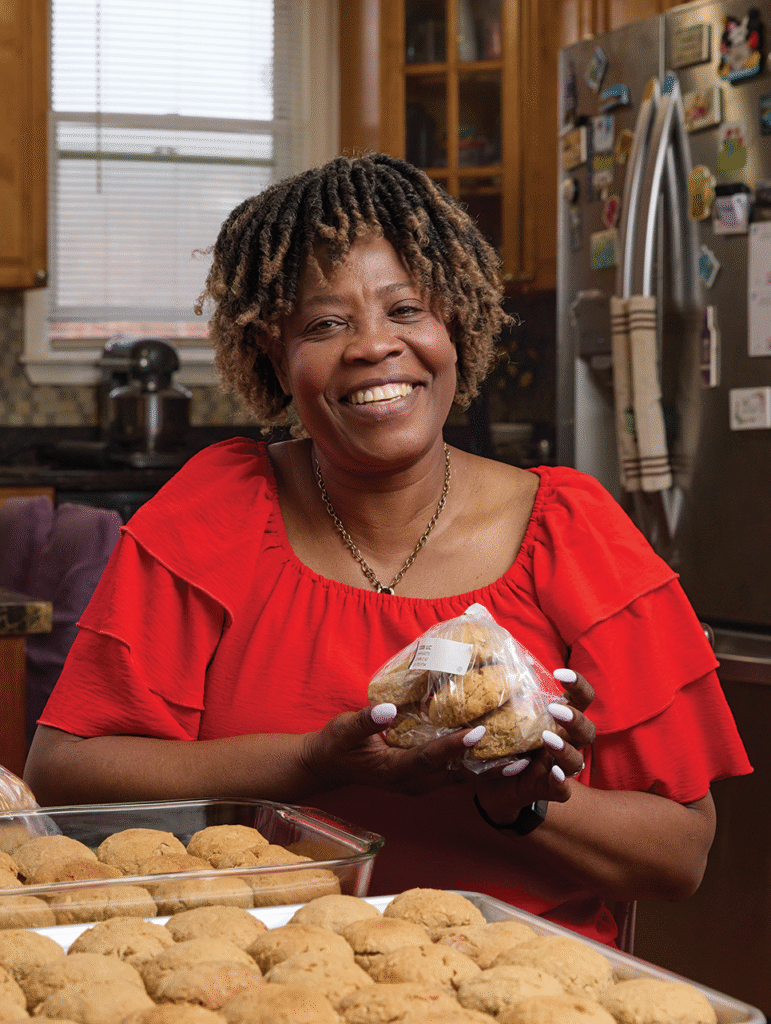Jason Weckstein cranks open one lane of the massive movable storage unit holding one of the world’s 10 largest collections of birds, revealing stacks of long drawers, each filled with rows of still, silent birds. The ornithology research lab at Drexel University’s Academy of Natural Sciences (ANS) is home to more than 200,000 of these taxidermied study skins from more than 7,000 bird species.
Some of the oldest window-strike birds in the collection date back to the 1890s — common yellowthroats, warblers who met their fate in Philadelphia and surrounding counties. One common yellowthroat died after striking “City Hall Tower” on October 9, 1900.
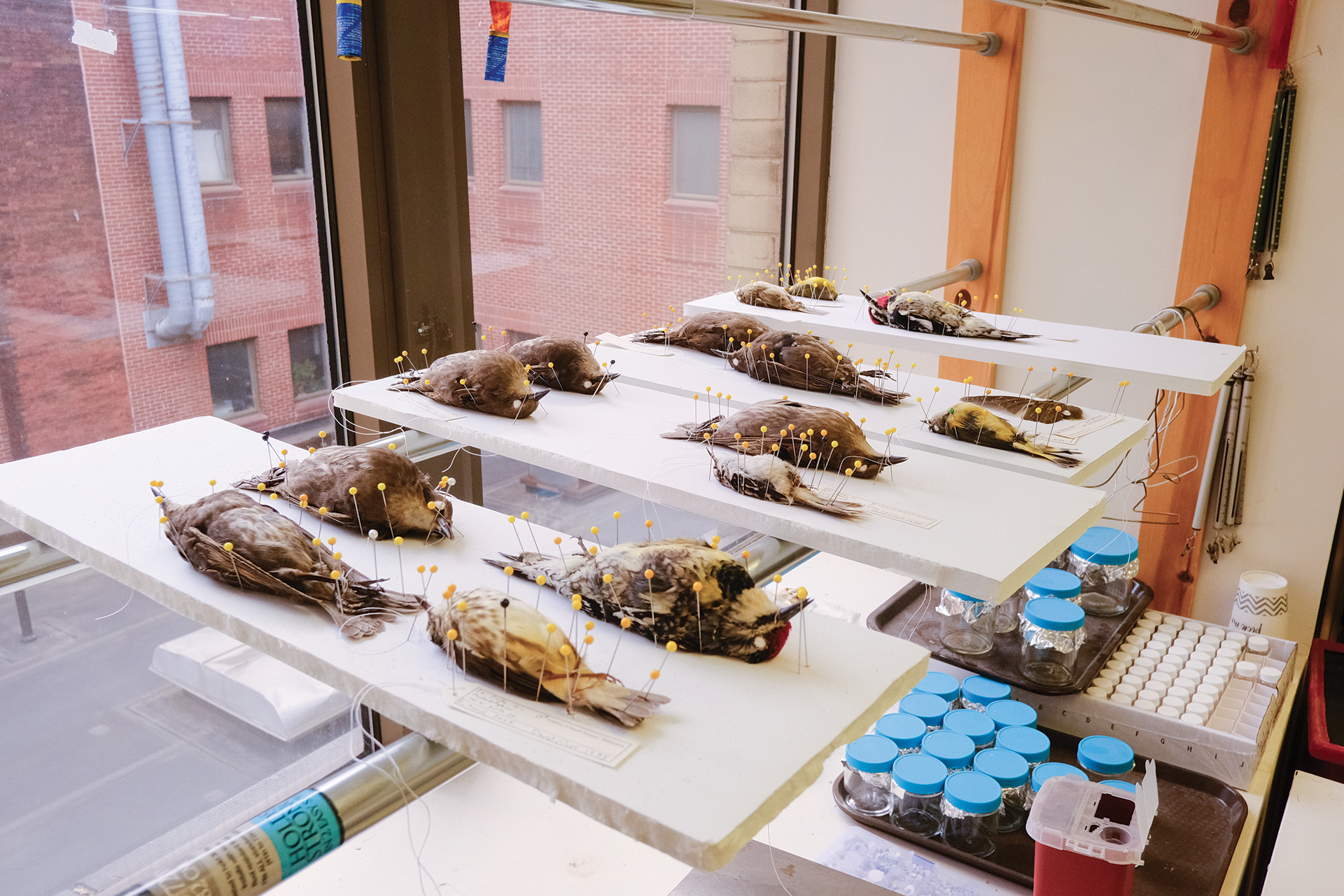
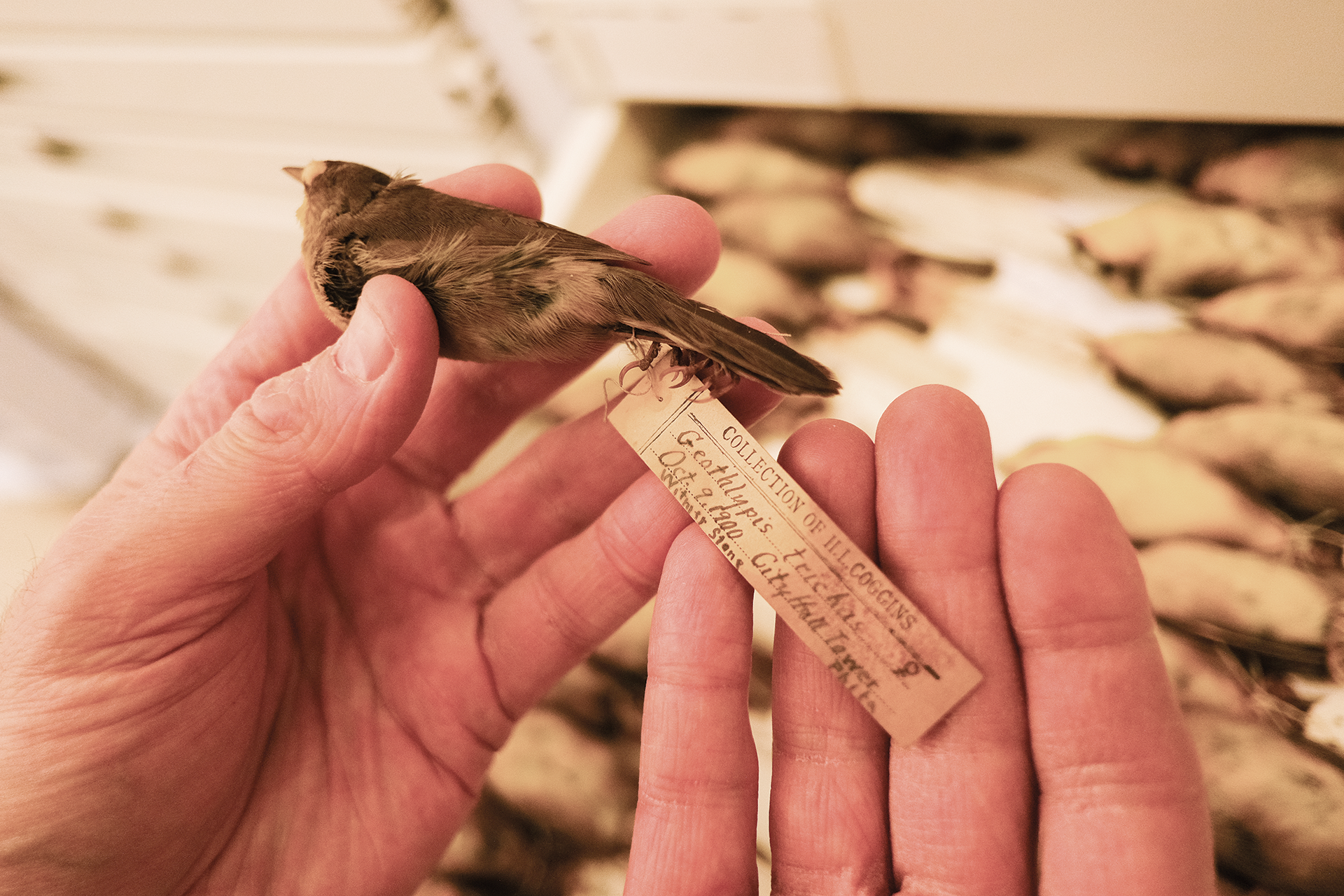
Bird deaths due to window strikes are on the rise with modern architectural practices producing urban buildings with more and more glass. Birds can’t see that glass is not a passable surface, causing them to collide with it and often die. Without proper protective measures being taken to prevent birds from crashing into glass, the numbers are bound to continue increasing. Upwards of a billion birds die in window collisions in the United States every year, and a recent study by Muhlenberg College researchers indicates that the total number of avian casualties could be as high as 3.5 billion.
At the ANS we house the specimens that come from window strikes, as this documents these events in a way that researchers can go back to decades after the occurrence.”
— Jason Weckstein, Academy of Natural Sciences of Drexel University
Weckstein is an associate curator of ornithology at ANS and an associate professor in the Department of Biodiversity, Earth and Environmental Science at Drexel University. Beyond the research at his lab, he takes part in managing the window-strike birds dropped off by Bird Safe Philly’s volunteers.
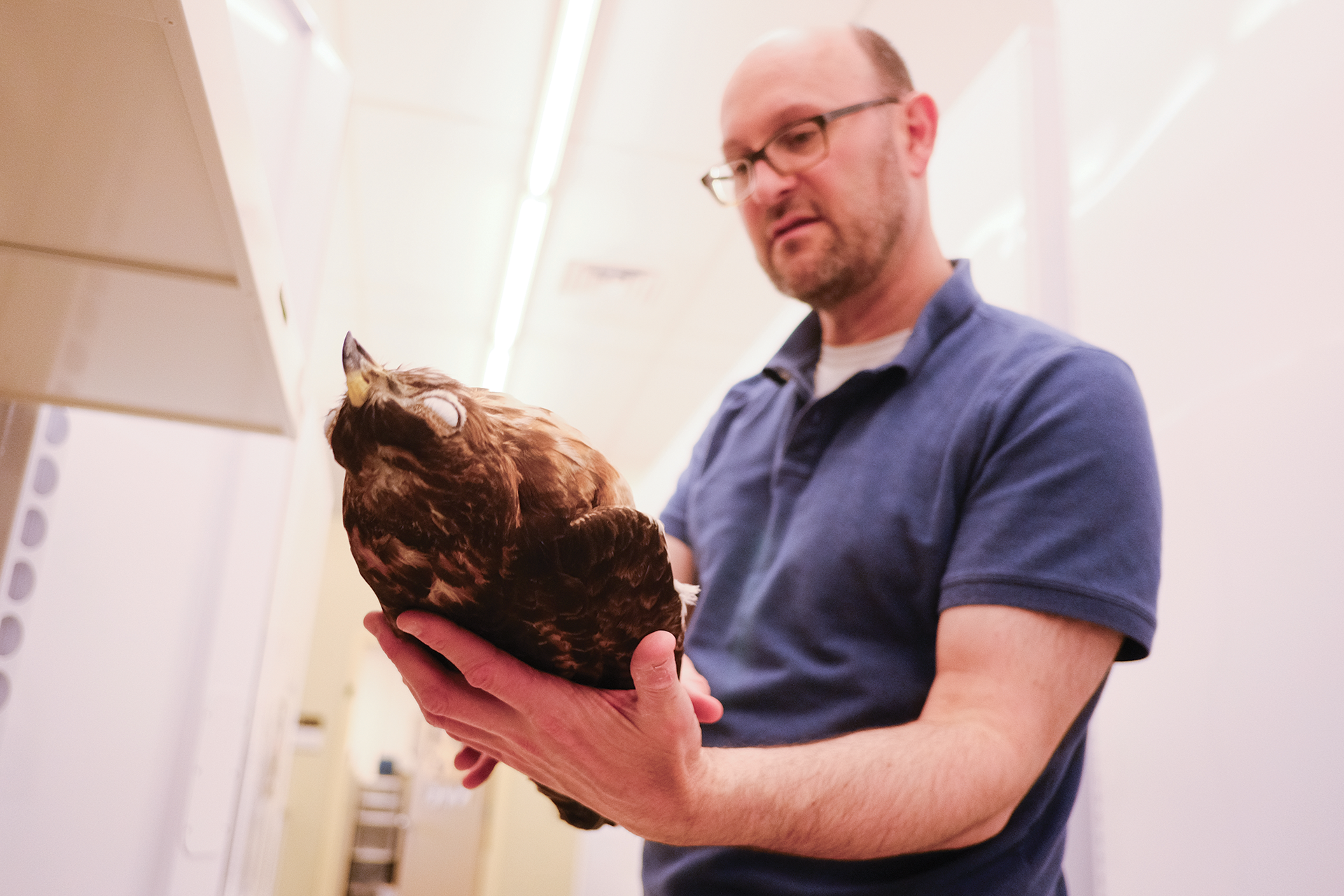
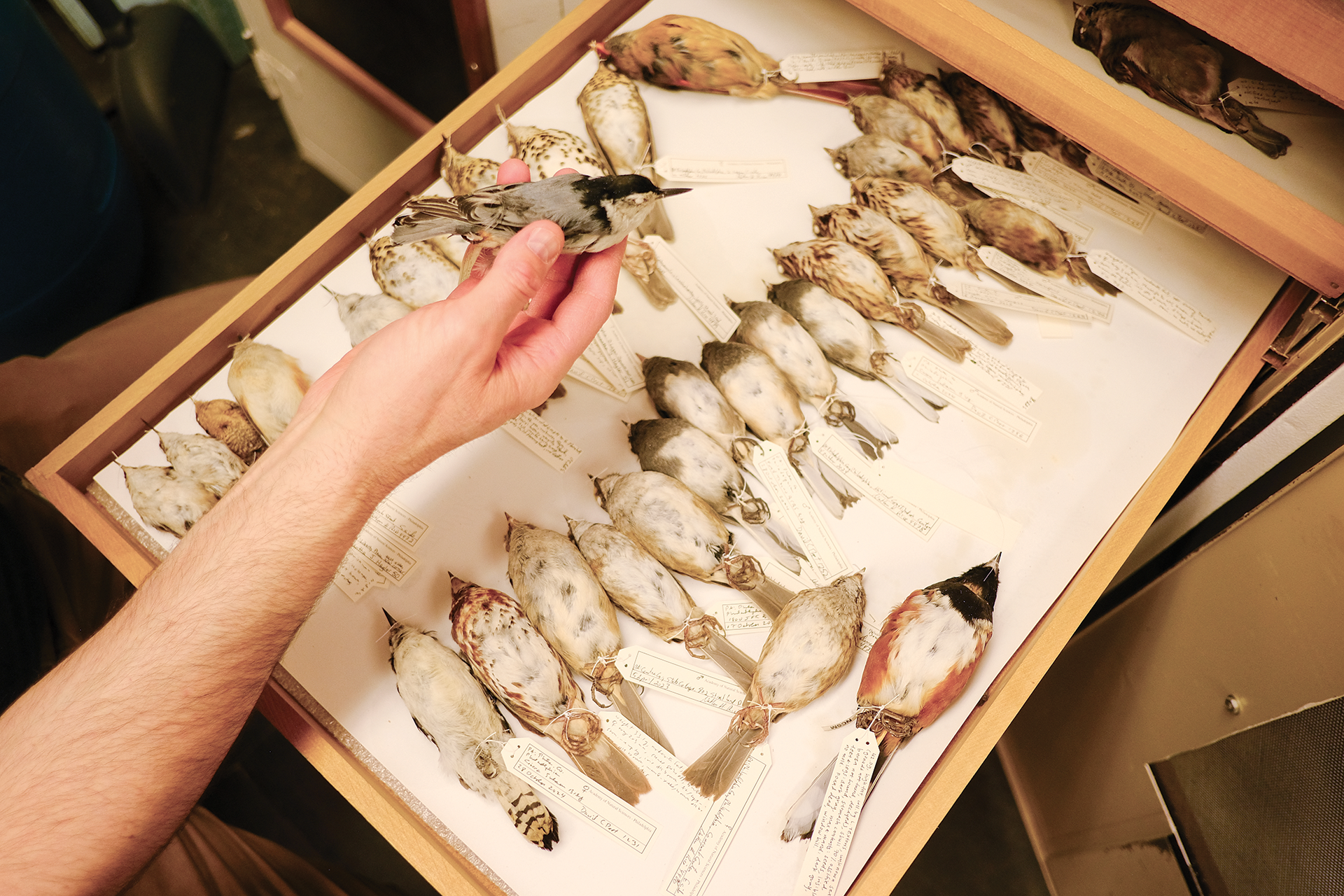
After a volunteer deposits a dead window-strike bird at ANS, it is put in a freezer until the time comes to process it. Academy scientists skin the bird and take samples of the muscle, heart and liver tissue and preserve any parasites — such as lice — that they find. They then stuff the skin with batting and use pins and string to ensure that it dries in the form it had in life. The preserved bird then rests in a drawer of the expansive storage unit, waiting to be removed for future research.
“Our group has done everything from monitoring window strikes to identify problem areas in the city to treating glass on some smaller buildings to reduce strikes,” says Weckstein. “At the ANS we house the specimens that come from window strikes, as this documents these events in a way that researchers can go back to decades after the occurrence.”


